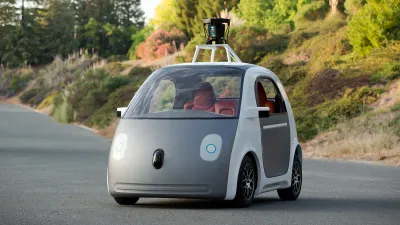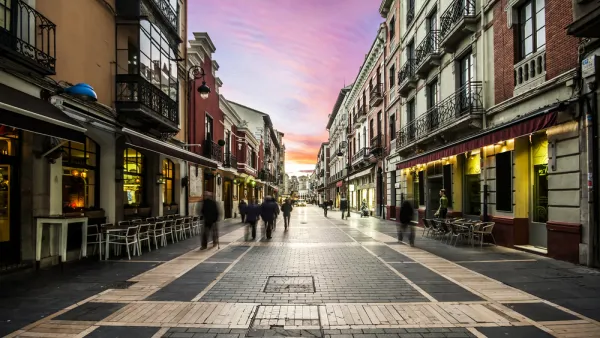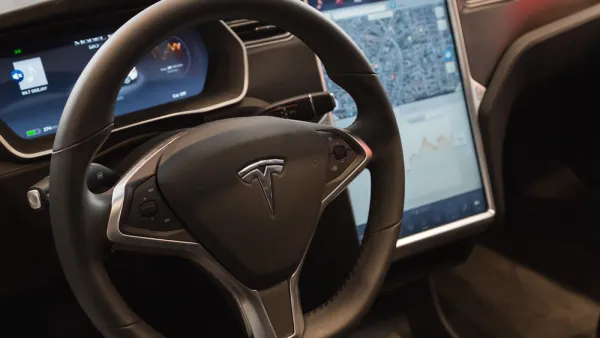Self-driving cars process a tremendous amount of data to pilot themselves through crowded streets. That computing power needs electricity, and lots of it.

Different modes of transportation pose different engineering problems. One such engineering problem tis how much power self-driving cars use. In the old days, self-driving cars needed extra space and power to hold the computers and monitors they carried. "Today's self-drivers don't need extra engines, but they still use terrific amounts of power to run their onboard sensors and do all the calculations needed to analyze the world and make driving decisions," Jack Stewart reports in Wired.
Why does this matter? Besides using electricity, which can come from sources that release carbon and air pollution, it can also limit the range of vehicles. It's an issue many are looking to tackle. "At CES last month, Nvidia put the spotlight on a new processor designed specifically for autonomous vehicles, called Xavier. It has an eight-core CPU and 512-core GPU, a deep learning accelerator, computer vision accelerators, and 8K video processors," Stewart reports. But even this powerful processor is likely not enough to run a fully autonomous vehicle.
If processors don't become more efficient, they will have another problem beyond limited range: the vehicles could become hot. "That heat is wasted energy, and it’s also not something you want in your car on a hot day. Some robocar prototypes need water-cooling with hoses and radiators, which eat up even more space," Stewart writes.
FULL STORY: Self-Driving Cars Use Crazy Amounts of Power, And It's Becoming A Problem

National Parks Layoffs Will Cause Communities to Lose Billions
Thousands of essential park workers were laid off this week, just before the busy spring break season.

Retro-silient?: America’s First “Eco-burb,” The Woodlands Turns 50
A master-planned community north of Houston offers lessons on green infrastructure and resilient design, but falls short of its founder’s lofty affordability and walkability goals.

Delivering for America Plan Will Downgrade Mail Service in at Least 49.5 Percent of Zip Codes
Republican and Democrat lawmakers criticize the plan for its disproportionate negative impact on rural communities.

Test News Post 1
This is a summary

Test News Headline 46
Test for the image on the front page.

Balancing Bombs and Butterflies: How the National Guard Protects a Rare Species
The National Guard at Fort Indiantown Gap uses GIS technology and land management strategies to balance military training with conservation efforts, ensuring the survival of the rare eastern regal fritillary butterfly.
Urban Design for Planners 1: Software Tools
This six-course series explores essential urban design concepts using open source software and equips planners with the tools they need to participate fully in the urban design process.
Planning for Universal Design
Learn the tools for implementing Universal Design in planning regulations.
EMC Planning Group, Inc.
Planetizen
Planetizen
Mpact (formerly Rail~Volution)
Great Falls Development Authority, Inc.
HUDs Office of Policy Development and Research
NYU Wagner Graduate School of Public Service





























